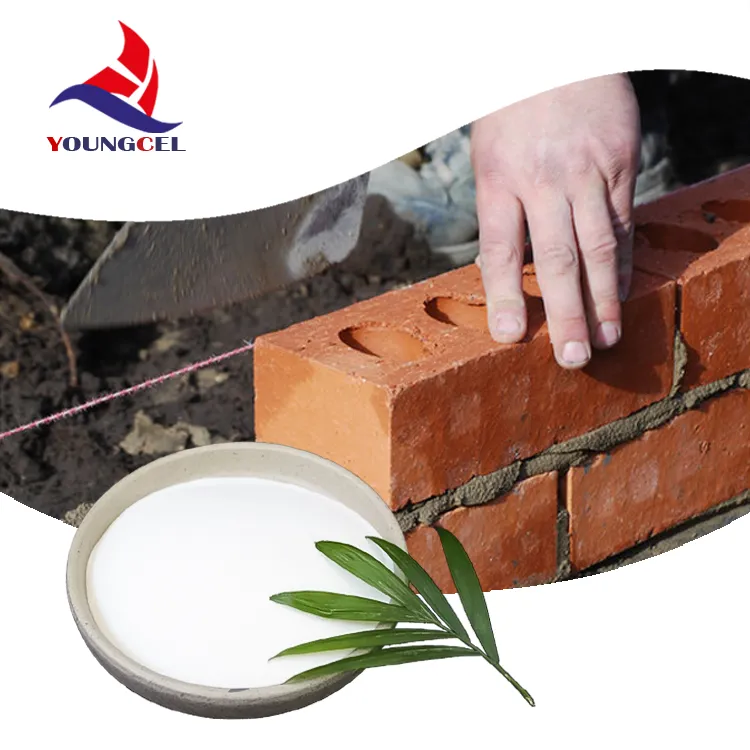Understanding HPMC Hydroxypropyl Methylcellulose
Hydroxypropyl methylcellulose (HPMC) is a cellulose derivative that has gained immense popularity in various industries due to its unique properties and versatility. It is a semi-synthetic polymer commonly used as an emulsifier, thickener, and film-forming agent in food, pharmaceuticals, cosmetics, and construction materials.
One of the most notable characteristics of HPMC is its ability to dissolve in water, forming a viscous solution. This property makes it an effective thickening agent in numerous formulations, particularly in personal care products like lotions and creams. By increasing the viscosity of these products, HPMC helps improve texture, stability, and the overall sensory experience for the consumer. Additionally, its water-soluble nature allows for easy incorporation into various formulations without altering the pH.
Understanding HPMC Hydroxypropyl Methylcellulose
The versatility of HPMC extends to the food industry as well. It is commonly utilized as a food additive, where it plays a role as a thickener and stabilizer in products like sauces, dressings, and dairy items. The addition of HPMC not only enhances the texture and mouthfeel of these products but also improves their shelf life by preventing separation and settling. Its ability to retain moisture is particularly beneficial in baked goods, where it helps maintain freshness and extends the product’s shelf life.
hpmc hydroxypropyl methylcellulose

Moreover, HPMC is valued in the construction industry, where it is used as a polymer additive in cement-based materials. It improves the workability and adhesion properties of mortars and plasters, allowing for more efficient application and better finishing. Additionally, it helps control the setting time, providing builders with more flexibility during the construction process.
Another significant advantage of HPMC is its non-toxic nature, making it safe for use in a variety of applications, including food and pharmaceuticals. This safety profile is essential, as it meets the regulations set by health authorities around the world. The inert nature of HPMC also means that it does not interact adversely with other ingredients in formulations, preserving the integrity of the product.
Looking toward the future, the demand for HPMC is expected to grow, driven by ongoing innovation in product formulations across different industries. Researchers are continually exploring new applications for this versatile polymer, ranging from advanced drug delivery systems to eco-friendly construction materials. As sustainability becomes a more significant concern globally, the development of biodegradable alternatives and new formulations using HPMC may contribute to a more sustainable approach in various sectors.
In conclusion, hydroxypropyl methylcellulose (HPMC) stands out as a versatile and valuable ingredient across multiple industries. Its unique properties, including emulsification, thickening, and film-forming abilities, make it an essential component in food, pharmaceuticals, cosmetics, and construction. As industries evolve and seek more efficient and sustainable solutions, HPMC’s role is likely to expand further, reinforcing its position as a key player in modern formulation science.
-
HEC 100000 Hydroxyethylcellulose for Paint | Superior ThickeningNewsAug.30,2025
-
Wall Putty Rdp Powder Packaging DesignNewsAug.29,2025
-
Introduction to Hpmc Hydroxypropyl Methyl CellulosNewsAug.29,2025
-
Hpmc Industri Grade IntegrationNewsAug.29,2025
-
How to Choose the Right Construction AdhesiveNewsAug.29,2025
-
Construction Adhesive StrengthNewsAug.29,2025




